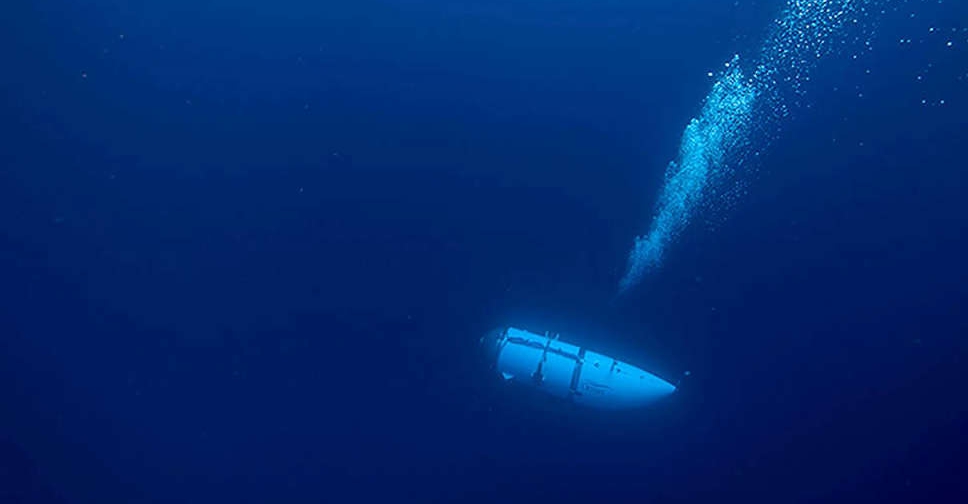
A deep-sea submersible carrying five people on a voyage to the century-old wreck of the Titanic was found in pieces from a "catastrophic implosion" that killed everyone aboard, the US Coast Guard said on Thursday, ending a multinational five-day search for the vessel.
A robotic diving vehicle deployed from a Canadian ship discovered a debris field from the submersible Titan on Thursday morning on the seabed some 488 metres from the bow of the Titanic, 4 km beneath the surface, in a remote corner of the North Atlantic, US Coast Guard Rear Admiral John Mauger told reporters.
The Titan, operated by the US-based company OceanGate Expeditions, had been missing since it lost contact with its surface support ship on Sunday morning about an hour and 45 minutes into what should have been a two-hour dive to the world's most famous shipwreck.
Five major fragments of the 6.7-metre Titan were located in the debris field left from its disintegration, including the vessel's tail cone and two sections of the pressure hull, Coast Guard officials said. No mention was made of whether human remains were sighted.
"The debris field here is consistent with a catastrophic implosion of the vehicle," Mauger said.
Even before the Coast Guard's press conference, OceanGate issued a statement saying there were no survivors among the five men aboard the Titan, including the company's founder and chief executive officer, Stockton Rush, who was piloting the Titan.
The four others were British billionaire and explorer Hamish Harding, 58; Pakistani-born businessman Shahzada Dawood, 48, and his 19-year-old son, Suleman, both British citizens; and French oceanographer and renowned Titanic expert Paul-Henri Nargeolet, 77, who had visited the wreck dozens of times.
"These men were true explorers who shared a distinct spirit of adventure, and a deep passion for exploring and protecting the world's oceans," the company said. "Our hearts are with these five souls and every member of their families during this tragic time."
Rescue teams from several countries had spent days scanning thousands of square miles of open seas with planes and ships for any sign of the Titan.




 Trump adds seven countries to full travel ban list
Trump adds seven countries to full travel ban list
 Indian parliament votes to allow private firms in nuclear power sector
Indian parliament votes to allow private firms in nuclear power sector
 Doctors in England start five-day walkout during flu surge
Doctors in England start five-day walkout during flu surge
 Israeli settler kills 16-year-old Palestinian in West Bank, mayor says
Israeli settler kills 16-year-old Palestinian in West Bank, mayor says



